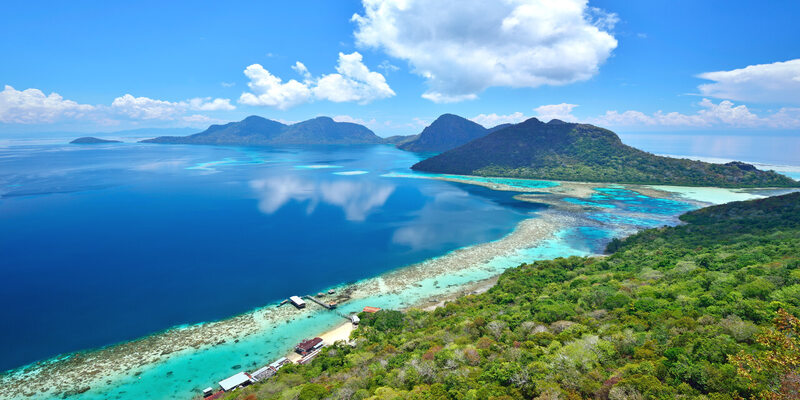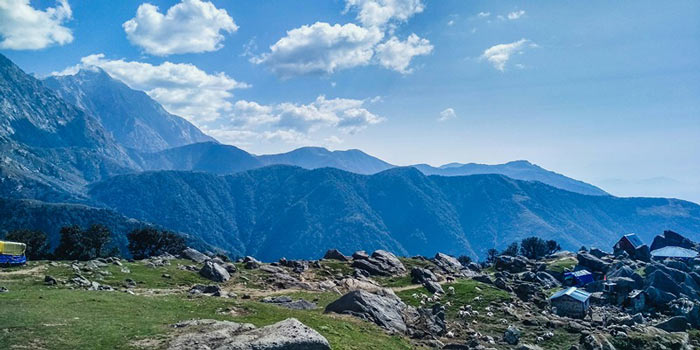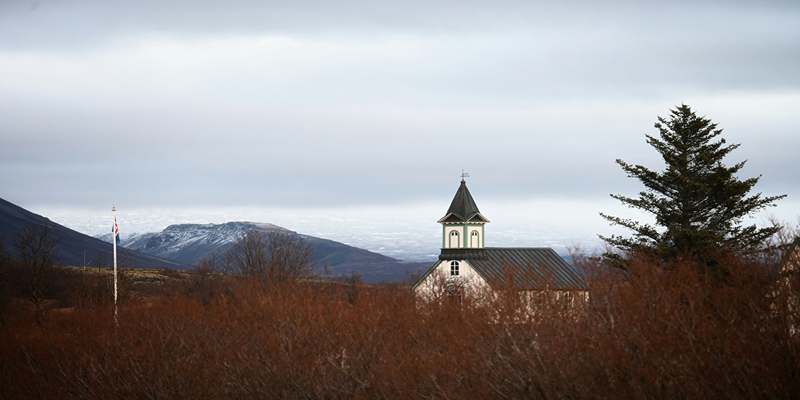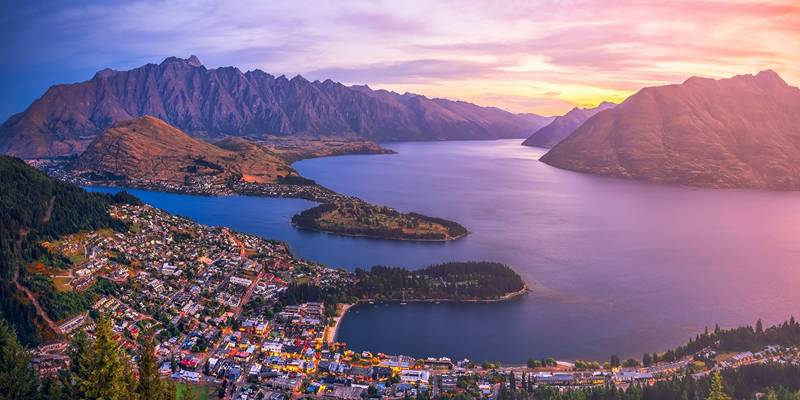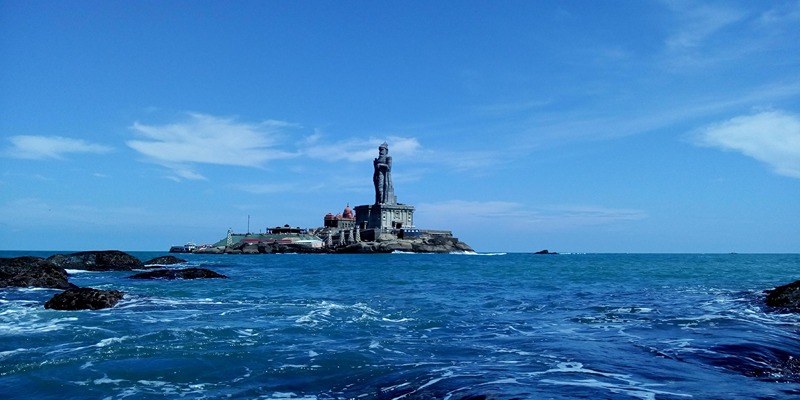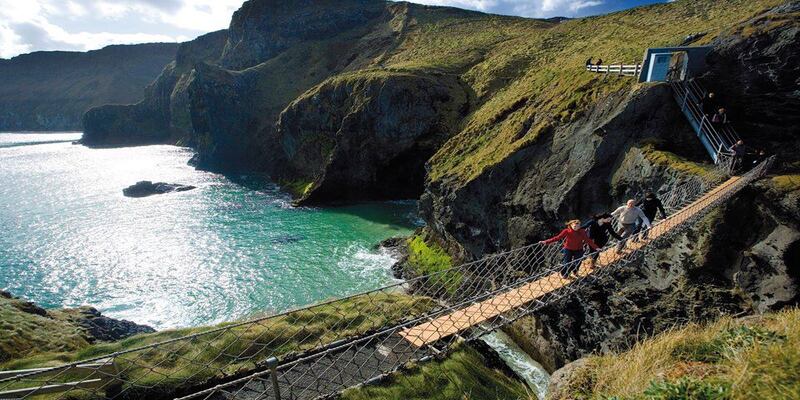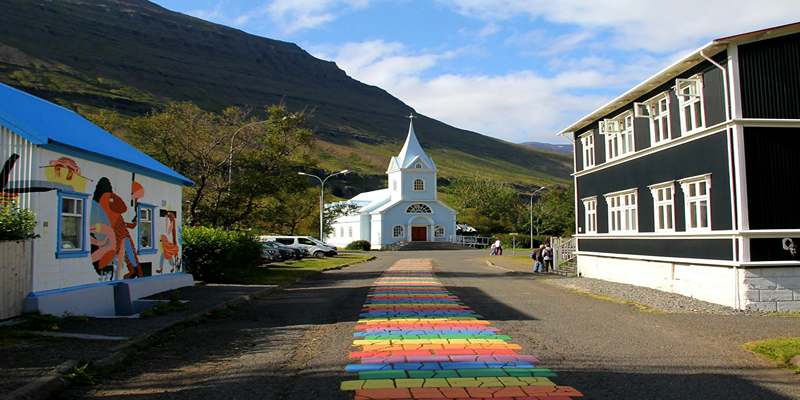Icelands Ring Road, or Route 1, loops around the entire island, offering a chance to experience diverse landscapes, from waterfalls and glaciers to volcanic craters and black sand beaches. A drive along the Ring Road is an unforgettable adventure for those who love road trips and exploring nature. However, Icelands rugged terrain and unpredictable weather require careful planning to ensure a safe and enjoyable journey. Here are essential tips for a scenic and secure Ring Road adventure.
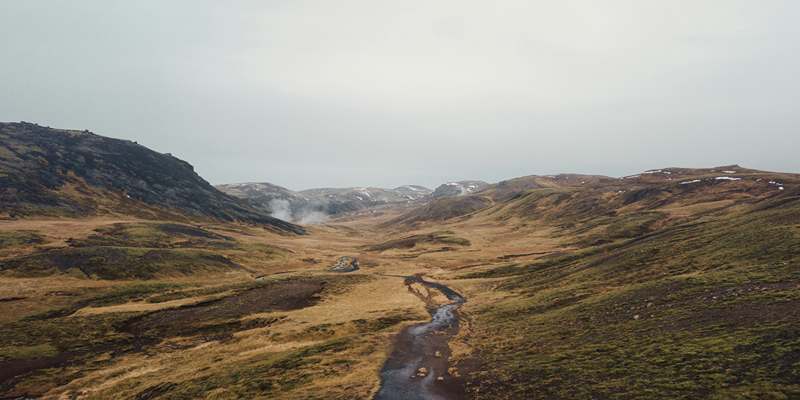
Planning Your Ring Road Driving Route
Choosing Your Starting Point and Direction
Most Ring Road trips begin and end in Reykjavik, as its the main arrival point for international travelers. From Reykjavik, you can choose to drive clockwise or counterclockwise. Both directions have unique advantages: a clockwise direction takes you to the South Coast first, where famous sites like Skgafoss waterfall, Reynisfjara beach, and Vatnajkull glacier await. This route is especially popular for those prioritizing iconic South Coast attractions.
A counterclockwise direction allows you to explore the quieter, less-touristed regions of North and East Iceland first, saving the busy South Coast for the end of your trip. Regardless of direction, plan a route that includes time for rest, refueling, and spontaneous stops, as the road offers countless scenic surprises.
Setting an Itinerary and Major Stops
The Ring Road is approximately 1,332 kilometers (828 miles), and while its possible to drive it in a few days, giving yourself 7-10 days provides a more relaxed pace and ample time for sightseeing. Some must-see stops along the way include Thingvellir National Park, Jkulsrln Glacier Lagoon, the East Fjords, Dettifoss waterfall in the north, and Akureyri, Icelands Capital of the North. In each area, allow time for shorter detours and lesser-known spots, as some of Icelands most memorable sights are just off the main route.
Budgeting for Accommodation and Fuel
Iceland can be expensive, so budgeting for fuel and accommodations in advance is wise. Plan for around 5,000-7,000 ISK per day for fuel, depending on your vehicle and daily mileage. Accommodations range from hotels and guesthouses to budget-friendly hostels and campsites. Booking in advance is especially important in summer, as campsites and guesthouses fill up quickly. Some travelers opt for campervans, combining transport and lodging for added flexibility. Budgeting effectively will keep you focused on enjoying the journey rather than worrying about unexpected costs.
Essential Iceland Road Tips for Safety
Understanding Icelands Weather Conditions
Icelands weather is famously unpredictable, especially on the Ring Road, where you may encounter sunshine, rain, snow, and high winds all in a single day. Always check weather forecasts through the Icelandic Met Office or download weather apps that provide real-time updates. Roads can be slippery, especially in winter, so adjust your driving speed and distance accordingly. Pay close attention to warning signs about wind speeds, as strong gusts are common and can affect control, especially with high-profile vehicles like campervans.
Avoiding travel during extreme weather advisories is crucial for safety. If conditions worsen, its best to find a safe spot to wait it out until its safer to continue.
Preparing for Narrow and Gravel Roads
While most of the Ring Road is paved, there are sections, particularly in the East and North, where youll encounter narrow or gravel roads. Drive slowly on gravel surfaces to avoid losing traction, and be cautious on single-lane bridges, which are common in Iceland.
Icelands F-roads, which lead into the Highlands, are off-limits to most standard rental cars. If you plan to explore the Highlands, youll need a 4x4 vehicle and should be prepared for challenging conditions, as F-roads are rugged and often closed in winter.
Emergency Kit and Roadside Assistance
Packing an emergency kit is essential for a safe Ring Road drive. Include items like a flashlight, extra batteries, a first-aid kit, and basic tools for tire changes or jump-starting the battery. Non-perishable snacks and bottled water are helpful if you need to wait for assistance, particularly in remote areas where help may take time to arrive.
For added security, download the 112 Iceland app, which lets you share your location with emergency services. Familiarize yourself with your rentals roadside assistance options and ensure you have the necessary contact information readily available.
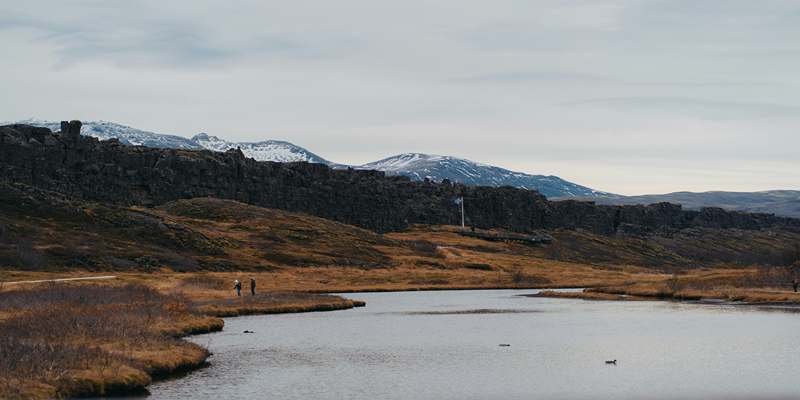
Driving Etiquette and Rules on the Ring Road
Passing and Single-Lane Bridge Etiquette
Passing on Icelands Ring Road can be tricky, as it often has only two lanes. Avoid passing on curves or in poor visibility and ensure you have a clear view ahead. Use pull-out areas when you need to stop to let faster vehicles pass. Wait for oncoming vehicles to cross before proceeding if another car is approaching from the opposite direction.
Being cautious and patient while passing and on bridges helps ensure a safe journey for all drivers on the road.
Stopping for Scenic Views Safely
The beauty of Icelands landscape often entices drivers to stop frequently for photos, but its important to do so safely. Avoid pulling over onto the shoulder unless its a designated parking area. Instead, look for official pull-out areas, which are marked along the Ring Road, providing safe spots to park and enjoy the views. Always turn on hazard lights if stopping in low visibility areas and be aware of passing traffic.
Respecting Local Wildlife and Nature
Icelands roads sometimes cross areas where wildlife, such as sheep, roams freely. If you encounter animals on the road, slow down and allow them to pass, as sudden movements can startle them. Additionally, Icelands natural environment is fragile, so avoid driving off-road, which can cause significant damage to moss and soil. Respecting wildlife and nature is essential to preserving Icelands landscapes for future travelers.
Conclusion
A drive along Icelands Ring Road is a rewarding experience, allowing you to explore the islands incredible scenery at your own pace. With thoughtful planning, an understanding of Icelands road rules, and preparation for changing conditions, youll be well-equipped for a safe and memorable journey. By following these essential tips, youll enjoy the freedom of the open road while immersing yourself in Icelands breathtaking natural beauty. Embrace the adventure and make the most of this iconic Icelandic experience!

